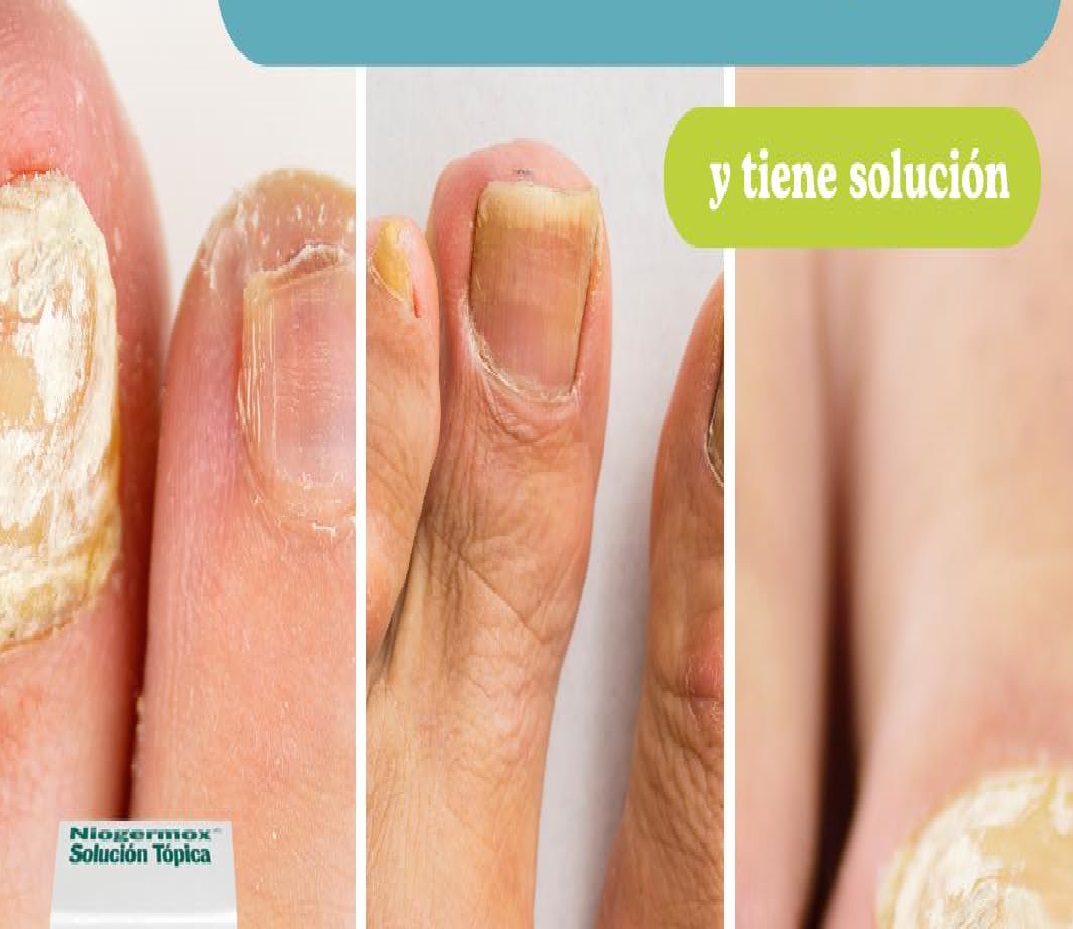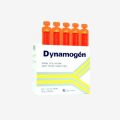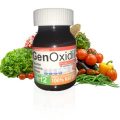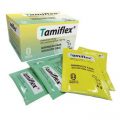
Onychomycosis is a fungal infection of the nails that causes discoloration, thickening, and separation from the nail bed. Onychomycosis occurs in 10% of the general population, 20% of persons older than 60 years, and 50% of those older than 70 years.
Niogermox is in a class of medications called antifungals. It works by stopping the growth of nail fungus. This medicine is available in a 3.3 and 6.6 ml glass bottle with an applicator.
How to use Niogermox
Apply Niogermox in a thin layer on the affected nail every day and dry. The nail solution should be applied to the entire nail plate and within 5mm of the surrounding skin, if possible, it should be used under the free edge of the nail. Niogermox nail polish takes about 30 seconds to dry.
The treated nails cannot be washed for six hours, so it is recommended to wear it at night before going to bed. After this time, normal hygiene habits can be restored.
Niogermox does not need to be removed with solvents or abrasives (such as nail files), just clean the nails to remove it.
In the event of accidental removal, Niogermox Nail Solution can be reused. It is recommended to cut your nails regularly and remove all whitish materials during the treatment.
Treatment should not be interrupted, it should continue until complete mycological and clinical cure and healthy nails grow back. It normally takes about 6 months for nails to fully heal and 9 to 12 months for toenails.
What special precautions should I follow?
Before using Niogermox topical solution,
- tell your doctor and pharmacist if you are allergic to ciclopirox or any other medications.
- tell your doctor and pharmacist what other prescription and nonprescription medications, vitamins, nutritional supplements, and herbal products you are taking. Be sure to mention any of the following: inhaled steroids such as beclomethasone (Beconase, Vancenase), budesonide (Pulmicort, Rhinocort), flunisolide (AeroBid); fluticasone (Advair, Flonase, Flovent), mometasone (Nasonex), and triamcinolone (Azmacort, Nasacort, Tri-Nasal); oral medications to treat fungal infections such as fluconazole (Diflucan), itraconazole (Sporanox), ketoconazole (Nizoral), terbinafine (Lamisil) and voriconazole (Vfend); medications for seizures; and steroid creams, lotions, or ointments such as alclometasone (Aclovate), betamethasone (Alphatrex, Betatrex, Diprolene, others), clobetasol (Cormax, Temovate), desonide (DesOwen, Tridesilon), desoximetasone (Topicort), diflorasone (Maxiflor, Psorcon), fluocinolone (DermaSmoothe, Synalar), fluocinonide (Lidex), flurandrenolide (Cordran), halcinonide (Halor), hydrocortisone (Cortizone, Westcort, others), mometasone (Elocon), prednicarbate (Dermatop), and triamcinolone (Aristocort, Kenalog, others). Your doctor may need to change the doses of your medications or monitor you carefully for side effects.
- tell your doctor if you have or have ever had an organ transplant, if you have recently had chicken pox, and if you have or have ever had any disease that affects your immune system, such as Human immunodeficiency virus (HIV) or acquired immunodeficiency syndrome (AIDS) or severe combined immunodeficiency syndrome (SCID); cancer; cold sores; diabetes; flaky, itchy, or crusty skin; genital herpes (sexually transmitted disease that causes painful blisters on reproductive organs); shingles (painful blisters caused by the chicken pox virus); fungal infections on your skin such as athlete’s foot and ringworm (ring-shaped discolored patches of scales and blisters on the skin, hair, or nails); peripheral vascular disease (narrowing of blood vessels in feet, legs, or arms causing numbness, pain, or coldness in that part of the body); or seizures.
- tell your doctor if you are pregnant, plan to become pregnant, or are breast-feeding. If you become pregnant while taking ciclopirox, call your doctor.
- you should know that you should keep your nails clean and dry during treatment with ciclopirox topical solution. Do not share nail care tools. Use different tools for infected and healthy nails. If your toenails are affected, wear well-fitting, low heeled shoes, and change them frequently, and do not go barefoot in public areas. Wear protective shoes and gloves when playing sports, using strong cleaners, or during work that might injure or irritate fingernails and toenails.
Contraindications
This medicine is contraindicated in the following cases:
- People with allergies to the components of the formula.
- Under 18 years of age
Warnings
- This drug with nail lacquer can only be administered in pregnancy or lactation only if necessary, and only if your treating physician considers that the benefits outweigh the possible risks.
- People with Diabetes be more cautious
- Avoid contact with the eyes and mucous membranes.
- The solution contains cetostearyl alcohol, which can cause local skin reactions such as irritant contact dermatitis.
- Do not use near fire or flame
Side effects
This medicine is safe and does not usually cause adverse effects, however, like any other medicine, it can rarely cause allergic contact dermatitis. The following symptoms are uncommon, but if you experience any of them, call your doctor immediately:
- irritation, itching, burning, blistering, swelling, or oozing at the place where you applied ciclopirox
- pain at the affected nail(s) or surrounding area
- discoloration or change in shape of nail(s)
- ingrown nail(s)
Niogermox topical solution may cause other side effects. Call your doctor if you have any unusual problems while taking this medication.
If you experience a serious side effect, you or your doctor may send a report to the Food and Drug Administration’s (FDA) MedWatch Adverse Event Reporting program online or by phone (1-800-332-1088).





